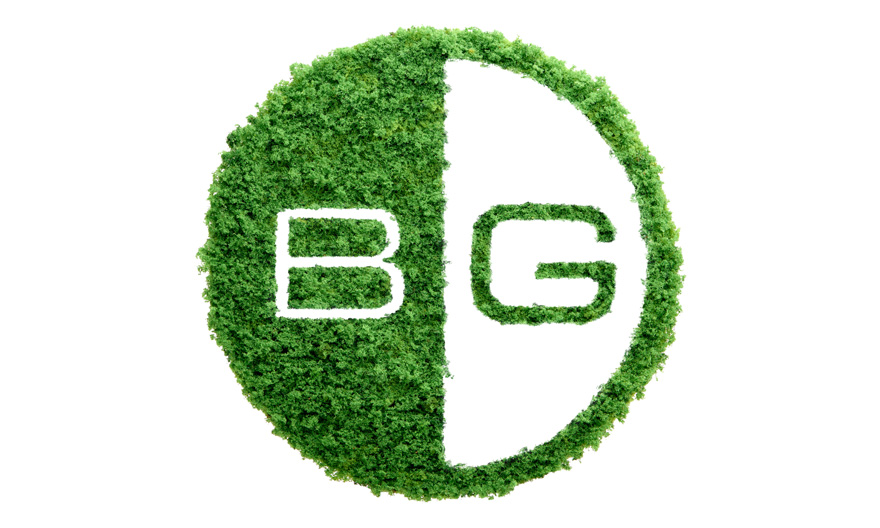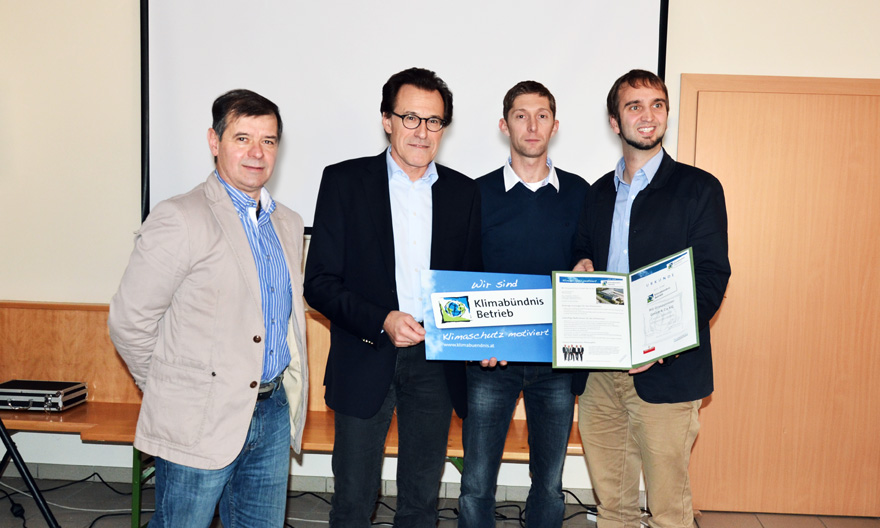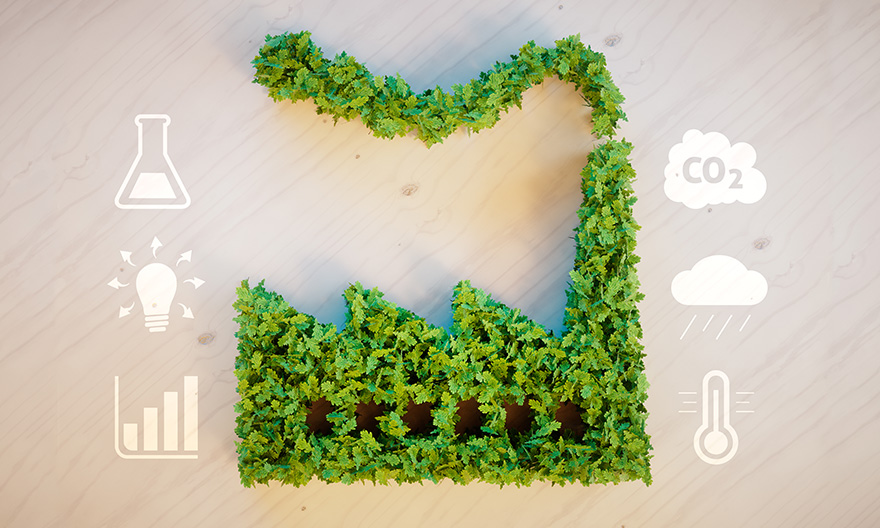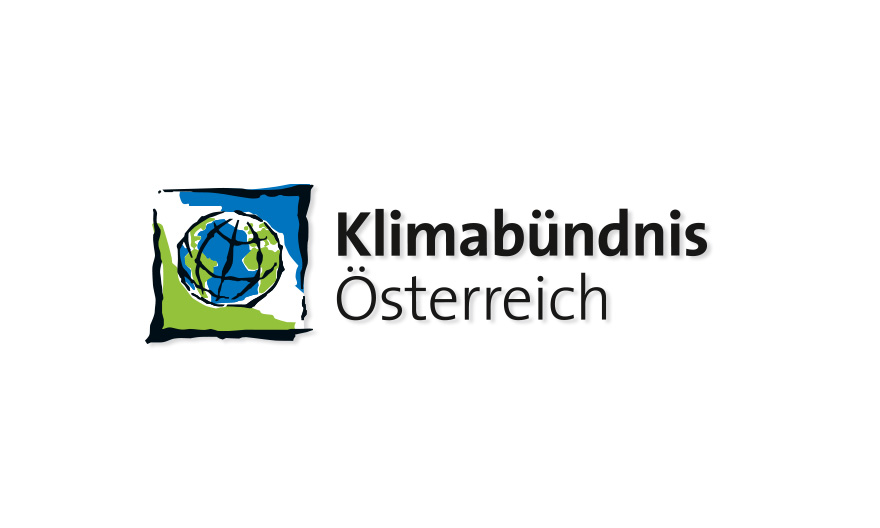European municipalities, companies and indigenous communities are uniting under the umbrella of the Climate Alliance to fight climate change. We are part of the process, committing to ambitious and verifiable goals.
Member of the Climate Alliance Austria
Facing climate change together
Member of the Climate Alliance Austria
Facing climate change together

“Operating in the black with green measures”. The Climate Alliance draws a bridge between entrepreneurship and climate protection. The goal is to create an awareness for the problem and to motivate people and companies to enjoy taking action.

We share the objectives of the Climate Alliance. We want to become the most sustainable company in our industry.

During the visit, the Climate Alliance’s consultant takes a tour of the grounds and discusses with the management to analyze the production, the fleet, the energy supply and the motivation of employees.

Subsequently, the company’s energy and carbon footprints are determined, and the consultant suggests possible measures for climate protection.

The measures are divided into three ascending stages with increasing financial costs. There are many free or low-cost possibilities to effectively contribute to climate protection. We were able to significantly reduce the CO2 equivalent of our energy consumption. We also have exciting projects planned for stage 3, i.e. cost-intensive investments such as the construction of new plants.

European municipalities, companies and indigenous communities are uniting under the umbrella of the Climate Alliance to fight climate change. We are part of the process, committing to ambitious and verifiable goals.

“Operating in the black with green measures”. The Climate Alliance draws a bridge between entrepreneurship and climate protection. The goal is to create an awareness for the problem and to motivate people and companies to enjoy taking action.

We share the objectives of the Climate Alliance. We want to become the most sustainable company in our industry.

During the visit, the Climate Alliance’s consultant takes a tour of the grounds and discusses with the management to analyze the production, the fleet, the energy supply and the motivation of employees.

Subsequently, the company’s energy and carbon footprints are determined, and the consultant suggests possible measures for climate protection.

The measures are divided into three ascending stages with increasing financial costs. There are many free or low-cost possibilities to effectively contribute to climate protection. We were able to significantly reduce the CO2 equivalent of our energy consumption. We also have exciting projects planned for stage 3, i.e. cost-intensive investments such as the construction of new plants.

It starts with creating an awareness for the problem, followed by structures and responsibilities that introduce a change in behavior.

It is easier for employees to identify with the topic if the management acts as a good example.

Once it is implemented in everyday work life, chances are the employees won’t only act accordingly at the company, but at home, too.
Christian Ablinger
Product Manager
BG-Graspointner | Austria



